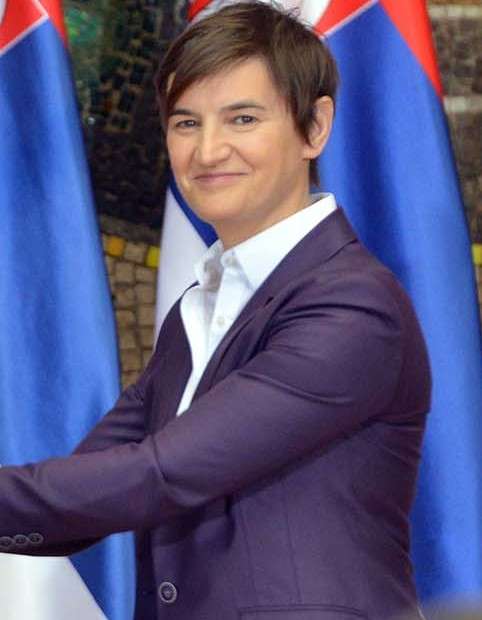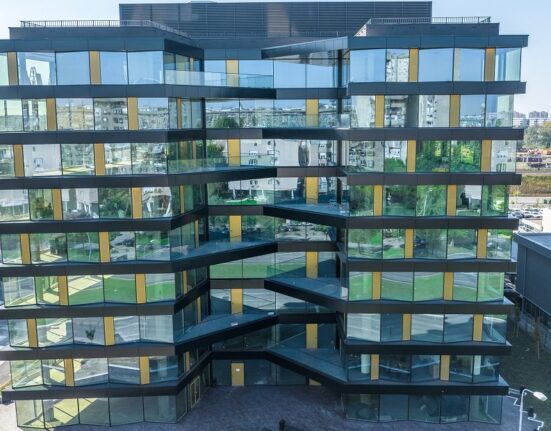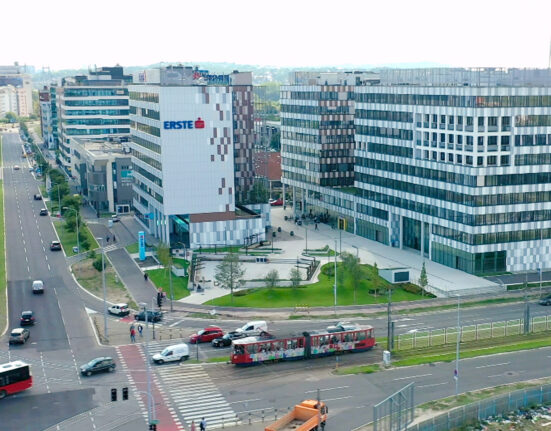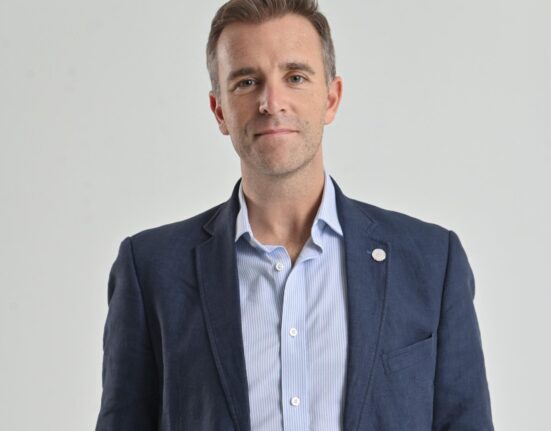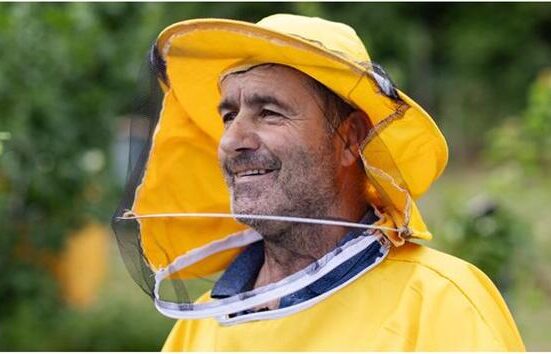Only days after European Parliament laid down the law with a resolution that called for Serbia and Kosovo to de-escalate—but which also harshly condemned Serbia for a paramilitary raid in Banjska, Kosovo—Kosovo Prime Minister Albin Kurti was apparently feeling his oats with further incendiary cries that included naming Serbian Defensive Minister Milos Vucevic as the head of a mafia gang, the Novi Sad Clan.
And he also called Serbian President Aleksandar Vucic a mafia boss as well.
This was a prelude to predicted Kosovo-Serbian talks on Oct. 24-25 with representatives of the EU and the US—discussions that are seen as both yet another effort to get normalization back on track but also a call on the carpet for both countries, which have ridden a roller coaster of near conflict for months.
The Banjska ambush in which an estimated 30 well-armed ethnic Serbs allegedly attacked a Kosovo police patrol, killing one officer, but also seeing three Serbs killed, appears to have tipped sentiment back against Serbia after months of frustrating discussions in which it appeared that both the EU and the US had finally had enough of Kurti’s unbending and incredibly stubborn approach to talks.
Following the raid, US Ambassador Christopher Hill expressed astonishment, and MEPs threatened to begin sanctioning Serb individuals seen as linked to organized crime. Kosovo again has seemed to be back in favor with the Serbian government unable or unwilling to explain not only the actions of paramilitaries or the alleged leader of paramilitaries, Miland B., but also how they came to possess large numbers of weapons and vehicles.
Yet behind the scenes there are still more questions, with Serbia Monthly sources questioning the Kosovan description of just what happened on Sept. 24. Depicted as an ambush that immediately say one Kosovan police officer killed, an alternate version of the story is more akin to the paramilitaries and Kosovan police stumbling upon each other before the Serbs fled to hole up in the Banjska monastery for an all day shootout on Sunday that left one police officer and three Serbs dead.
There is also a version in which Serbs “attacked” the monastery, which is seen as non-sensical.
Meanwhile, Kurti has gone back to histrionics and accusations—a bad omen considering planned negotiations—and once again it appears that he is pushing for conflict. On Monday, Oct. 23, he also called for a court outside of Kosovo and Serbia to be overseen by the US and EU to take control of the Banjska investigation.
Yet at the same time Serbian Prime Minister Ana Brnabic made Serbia’s case before the UN Security Council on Kosovo, noting the constant harassment of Serbs, which she stated includes random arrests, torture and beatings; that Serbs are overtly discourage with harassment when they attempt to return to Kosovo; that the agreed upon Community of Serb Municipalities (CSM) has not been created and also pointing out that an ethnic Albanian who shot two young Serbs on Christmas Day 2022 is neither in prison or in jail.
“The turning point when everyone realized that Pristina wanted the Serbs to leave was not the attempted murder of the 11-year-old child Stefan Stojanović and his 21-year-old cousin Miloš, while they were participating in the Christmas procession in Gotovuša, near Štrpce,” Brnabic stated, as quoted by the Serbian news site B92. “Namely, that was the day when Azem Kurtaj, who committed this heinous crime of shooting children on Christmas Day and who is a member of the so-called Kosovo Security Forces (which, by the way, are an illegal formation according to Article 15 of the UN Security Council Resolution 1244), was released as a free man.”
Noteworthy is that Kurti did not cite proof of his mafia accusations. Brnabic named names, dates and legal points.
The juxtaposition of the opposing prime ministers’ arguments should not go unnoticed.
Yet it probably will.
Photo of Serbian Prime Minister Ana Brnabic by Serbian Army, CC BY 3.0 RS <https://creativecommons.org/licenses/by/3.0/rs/deed.en>, via Wikimedia Commons.


